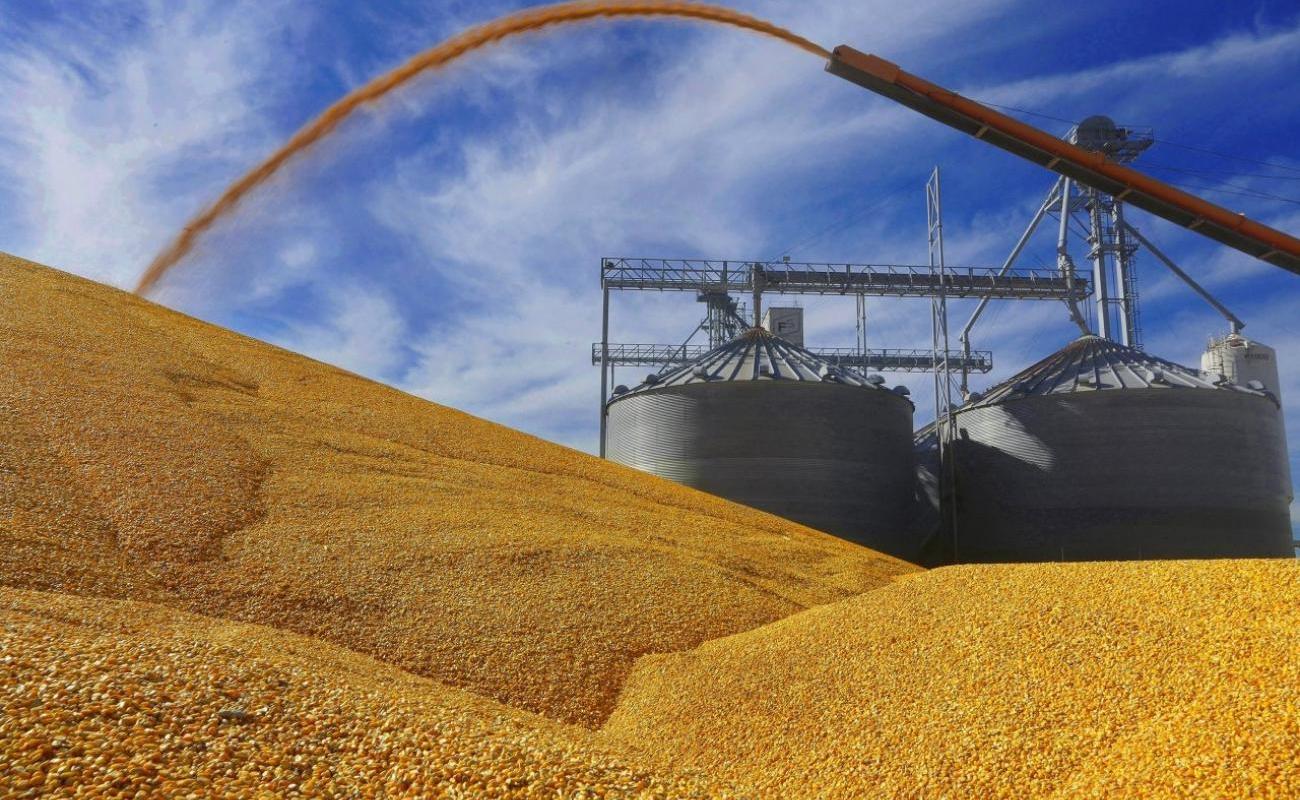How much grain has been shipped from Ukraine?

Russia has said it is pulling out of an internationally brokered deal that allowed Ukraine to resume exporting grain from its Black Sea ports.
The first shipment left on 1 August, after Russia lifted its naval blockade of Ukraine, allowing ships to use a safe corridor through the Black Sea.
Millions of tonnes of grain and foodstuffs like maize and sunflower oil had been stuck in Ukraine after the Russian invasion.
How much food has been shipped from Ukraine?
As of 28 October, more than 9.3 million tonnes of grain and other foodstuffs had been shipped from Ukrainian ports, according to the UN.
This includes corn (maize), wheat and sunflower oil.
Ukraine's government said in August it would be able to export three million tonnes of grain in September, and four million tonnes in October.
The figure for September was in excess of four million tonnes, as the pace of shipments under the grain deal picked up, but still below pre-war levels.
When the corridor agreement was signed in July, global food prices fell. The UN's measure of world food prices - the FAO food price index - dropped by nearly 9% that month.
It continued to fall in August and September, although this was down to a drop in the global prices of other types of food such as sugar, meat and dairy products.
International wheat prices increased slightly in September, because of growing uncertainty about whether the Ukraine grain initiative would continue beyond November (which is when it was due to run out).
Where has the food been sent to?
Although some foodstuffs have gone directly to the poorest countries in the world, UN figures show that the biggest quantities have at least been initially shipped to Spain, Turkey, Italy, China and Netherlands. The UN said in September that just under 30% had gone to lower-income countries, while 44% had been shipped to high-income countries.
But the UN notes that grain that reaches a destination may well be processed and then shipped on somewhere else.
David Osler, of the shipping journal Lloyd's List, says that to take three million tonnes of food a month from Ukraine, 15 ships would have to be loaded at its ports every day.
However, he says: "Ship owners fear sending their vessels there. They're still afraid of their ships hitting a mine or getting attacked by the Russians."
There have also been logistical issues facing the grain deal.
The UN said last week that a backlog of vessels had built up waiting to be inspected under the terms of the deal - and it was looking at ways to increase the number and rate of inspections.
How much grain was stuck in Ukraine?
About 20 million tonnes of grain meant for export was trapped in Ukraine since February, along with other foodstuffs such as maize and sunflower oil.
This caused an undersupply of food and soaring prices in many countries around the world, as Ukraine is a major source of their food imports.
The African Development Bank says it contributed to a shortage of 30 million tonnes of food across the continent, and a 40% rise in food prices.
In Nigeria, it helped increase the price of staples such as pasta and bread by as much as 50%.
Yemen, which normally imports more than a million tonnes of wheat a year from Ukraine, saw the price of flour rise by 42% and bread by 25%.
In Syria, another big importer of Ukrainian wheat, the price of bread doubled.
How does the safe sea corridor work?
Russia and Ukraine both signed deals with Turkey to establish a corridor from Odesa, and two neighbouring ports, to the Istanbul strait.
It is 310 nautical miles long and three nautical miles wide.
Ukrainian vessels guide grain ships in and out of port through mines that Ukrainian forces laid.
Turkey inspects the ships for weapons, at the request of the Russians.
Russia is being allowed to export grain and fertiliser via the Black Sea.
The agreement was due to expire after 120 days - in mid-November.
When its ports were blockaded, Ukraine tried to export as much as it could by land, using lorries and trains.
The EU set up what it called "solidarity lanes," so that Ukrainian grain could be shipped from ports on the Baltic Sea, and also from the Romanian port of Constanta.
However, a lack of road and rail capacity means that Ukraine can export only 10% of its grain at most by land.
